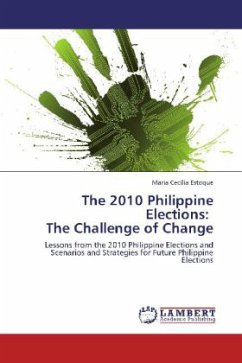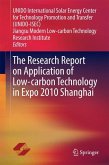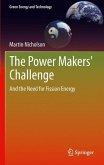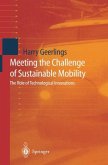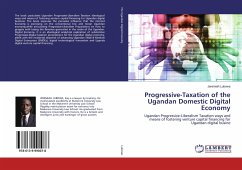The Philippines has embraced a remarkable development in its electoral process with the adoption of the first nationwide automated elections in May 2010. Prior elections in the Philippines have always been conducted manually where counting of votes and proclaiming winners take months. With 50.7 million voters all over the country, the Commission on Elections (COMELEC) faced great challenges in distributing the 82,000 units of Precinct Count Optical Scan (PCOS) machines that were used during the elections. More than just the concerns on logistics, other most pressing issues among others, are the perception and understanding of the voting population towards the automated process and the role technology plays in solving election-related problems. This study examines the possible future scenarios of the national and local elections in the Philippines in terms of process and voting equipment and analyzes lessons learned from the 2010 Philippine elections. The main players in the election process such as the COMELEC, members of the Board of Election Inspectors and members of the voting population served as key informants.
Bitte wählen Sie Ihr Anliegen aus.
Rechnungen
Retourenschein anfordern
Bestellstatus
Storno

